Drivingdreams.In
Bringing together People who Drive their own Dreams!
Patanjali Barley Dalia
Patanjali Barley Dalia
Barley
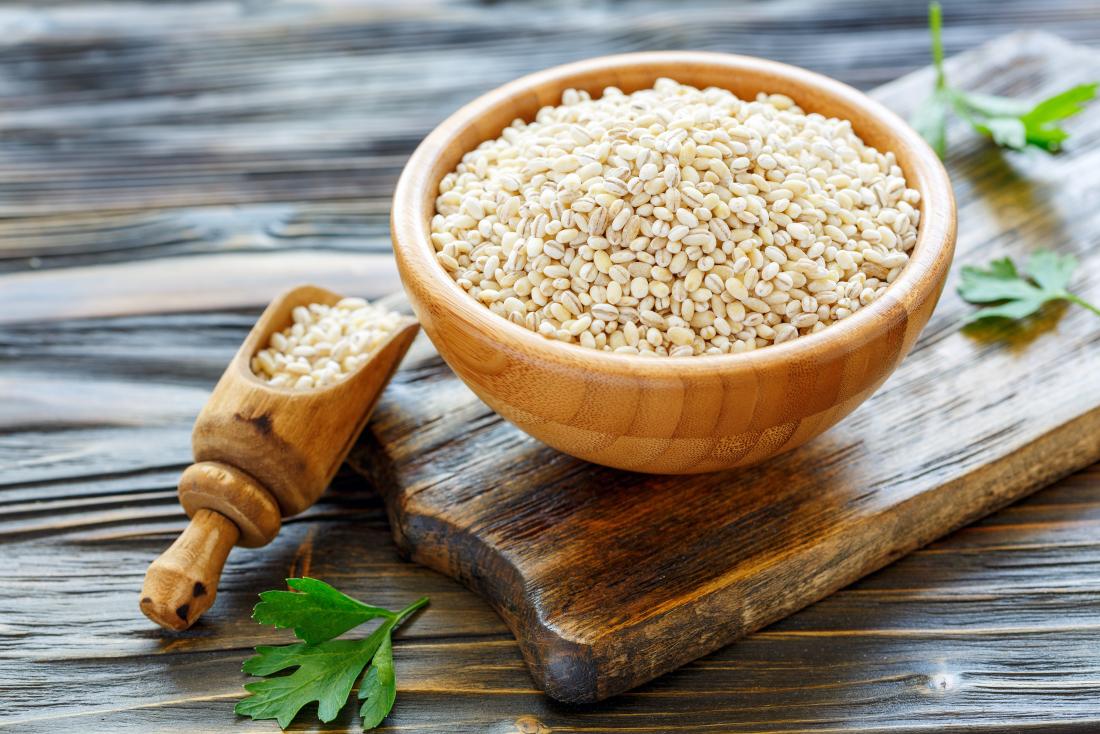
Barley is one of the world’s earliest cultivated grains and forms a crucial part of traditional diets across the globe. Apart from use as food products and animal fodder, it is also used for making beers. Barley is one of the most widely consumed grains in the American diet.
First, it’s a whole grain, a cereal grain, that, like wheat and rye, contains gluten. Therefore, it’s not an appropriate choice for anyone with celiac disease or other intolerances to wheat. Additionally, barley contains short-chain carbohydrates called fructans, which are a fermentable type of fiber. Fructans may cause gas and bloating in people with irritable bowel syndrome (IBS) or other digestive disorders. Therefore, if you have IBS or a sensitive digestive tract, you may want to avoid barley.

Barley and brown rice both have their benefits. If you're avoiding gluten, then brown rice should be your go-to, because barley has gluten. When it comes to folate and vitamin E, brown rice wins; but barley takes the trophy for fiber (it has much, much more) and calcium.
Barley is the most recommended cereal in Ayurveda for daily consumption. Many food preparations used in the treatment of various diseases in Ayurveda contain barley as one of their ingredients. Its a grain that is loved in India and in many parts eaten in everyday meal. many dishes and delicacies are cooked and served on many beautiful and religious occasions too in India.
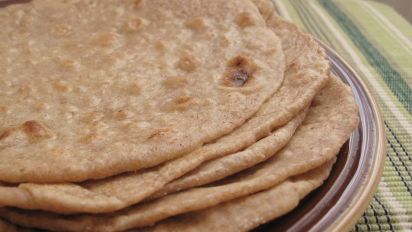
Barley can be consumed in various ways. Being a cereal, it can be baked and eaten. With its rich flavor and mild sweetness, you can pair it with mushrooms, root vegetables, and warm spices. This versatile grain has a somewhat chewy consistency and a slightly nutty flavor that can complement many dishes.
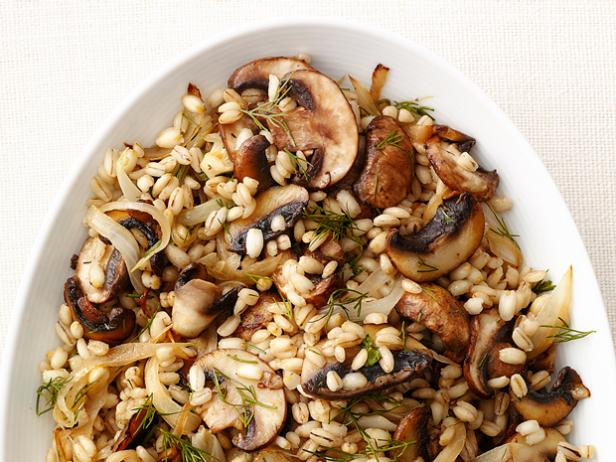
It’s also rich in many nutrients and packs some impressive health benefits, ranging from improved digestion and weight loss to lower cholesterol levels and a healthier heart. Many of barley’s health benefits come from it being an excellent source of dietary fiber. Fiber is essential for keeping the digestive system healthy, contributing to healthy bowel movements, and helping people avoid problems such as constipation. Barley helps boosting your body’s awesome ability to process toxins and banish water weight. Ready to have productive poos *and* banish bloat? Pour yourself a glass. Drinking unstrained barley water gives your body the digestive fiber it needs to get things flowing… literally.
Barley also has ferulic acid in it. That acid might help prevent tumors.
Barley grass juice helps digestive juices work harder. It increases your metabolism and makes you feel lighter. It is especially beneficial for people who feel bloated.
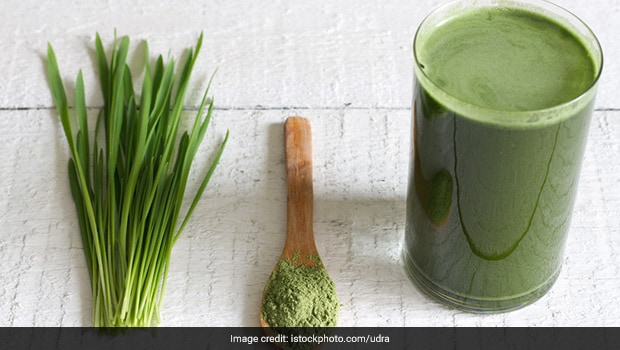
Barley is rich in vitamins, minerals and other beneficial plant compounds.
It’s available in many forms, ranging from hulled barley to barley grits, flakes and flour.
Almost all forms of barley utilize the whole grain — except for pearl barley, which has been polished to remove some or all of the outer bran layer along with the hull.
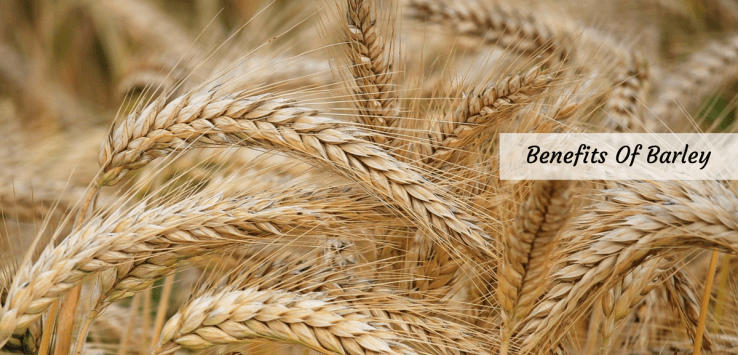
When consumed as a whole grain, barley is a particularly rich source of fiber, molybdenum, manganese and selenium. The manganese in barley helps you to feel happy and energetic; it also calms your nervous system. It also contains good amounts of copper, vitamin B1, chromium, phosphorus, magnesium and niacin.
Barley may reduce hunger and promote feelings of fullness — both of which may lead to weight loss over time.
Barley lessens hunger largely through its high fiber content. A soluble fiber known as beta-glucan is particularly helpful.
That’s because soluble fibers, such as beta-glucan, tend to form a gel-like substance in your gut, which slows the digestion and absorption of nutrients. In turn, this curbs your appetite and promotes fullness .
Barley can boost your intestinal health.
Most of the fiber found in barley is insoluble, which — unlike soluble fiber — does not dissolve in water. Instead, it adds bulk to your stool and accelerates intestinal movement, reducing your likelihood of constipation .
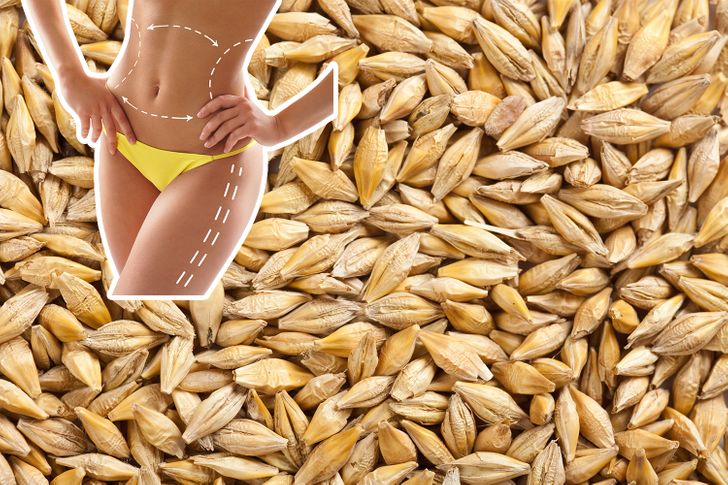
In one four-week study in adult women, eating more barley improved bowel function and increased stool volume. Barley’s soluble fiber content provides food for friendly gut bacteria, which, in turn, produce short-chain fatty acids . Eating an excess of barley at one time may cause bloating due to its high fiber content. Hence, if you face digestion problems, know how much quantity is right for you, and eat in moderation.
Barley’s high fiber content may also help prevent gallstones and may also lower your cholesterol levels.
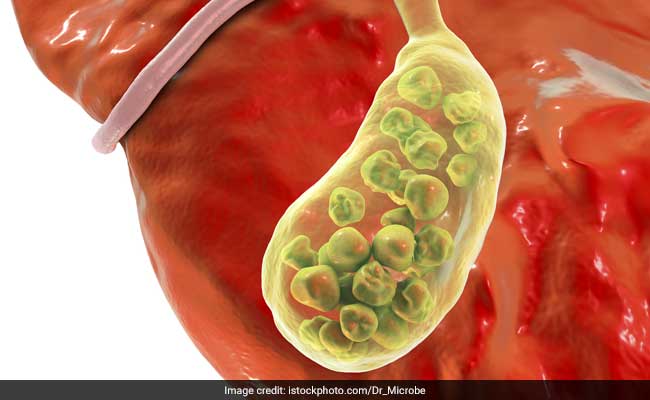
Whole grains are consistently linked to better heart health. Therefore, it should come as no surprise that regularly adding barley to your diet may lower your risk of heart disease.
That’s because barley may lower certain risk factors — in addition to reducing “bad” LDL cholesterol levels, barley’s soluble fiber may bring blood pressure levels down . Barley’s potassium, folate, iron, and vitamin B-6 content, together with its lack of cholesterol, all support cardiovascular functions, therefore consuming a diet rich in vitamin B-6 and folate may help reduce levels of a compound called homocysteine. Having high levels of homocysteine may increase the risk of heart disease. Folate and iron are particularly important for forming red blood cells and oxygenating the blood, which is important for overall heart health. The iron contained in barley increases the blood volume, which prevents anemia and fatigue.
It has niacin, a B vitamin that our body uses to turn food into energy; niacin is also key for our nervous and digestive systems and for the health of our skin. Barley is a good source of another B vitamin, B6, which helps our brains and our immune systems. Barley slows atherosclerosis, which is the plaque build-up that narrows blood vessels. It is a good source of vitamin B (niacin). Niacin may help prevent free radicals, while reducing bad cholesterol and blood clots.
It facilitates proper kidney function.

Niacin, riboflavin, thiamin, folate, iron, magnesium, and selenium all enhance the processes of cell formation, such as carrying oxygen through the blood, and the functioning of the immune system. Barley is a good source of all these nutrients.
The phosphorus, calcium, copper, magnesium, and zinc in barley all contribute to improved bone structure and strength.
For example, zinc plays a role in bone mineralization and development. It also promotes healing. Calcium, copper, magnesium, and phosphorus, meanwhile, contribute to bone health and are essential for maintaining a strong skeletal system. Phosphorus helps in forming bone. It is an essential building block of the genetic code and plays an important role in healthy cell membranes and our nervous system. Barley helps reduce levels of triglycerides.
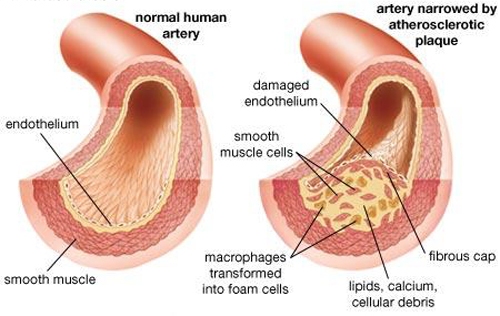
Barley contains selenium (important for a healthy thyroid). Getting selenium from the diet can help prevent inflammation, Choline is another nutrient that may help inflammation. Barley contains betaine, which the body can convert to choline. Choline helps with sleep, muscle movement, learning, and memory. It also helps maintain the structure of cellular membranes, aids the transmission of nerve impulses, and assists in the absorption of fat.
Selenium also acts as an antioxidant, protecting cells against damage caused by molecules called free radicals. This type of damage may increase the risk of cancer.
A high intake of fiber from plant based foods such as barley may also help lower the risk of colorectal cancer, specifically.
Barley may reduce your risk of type 2 diabetes by lowering blood sugar levels and improving insulin secretion.
This is in part due to barley’s rich magnesium content — a mineral that plays an important role in insulin production and your body’s use of sugar. Studies have shown that eating barley may lower blood sugar and insulin levels. Additionally, it has a low glycemic index, making it a smart choice for people with high blood sugar.
“Barley is an incredibly versatile grain with an impressive nutrient profile.”
One-half cup (100 grams) of uncooked, hulled barley contains the following nutrients:-
- Calories: 354
- Carbs: 73.5 grams
- Fiber: 17.3 grams
- Protein: 12.5 grams
- Fat: 2.3 grams
- Thiamine: 43% of the Reference Daily Intake (RDI)
- Riboflavin: 17% of the RDI
- Niacin: 23% of the RDI
- Vitamin B6: 16% of the RDI
- Folate: 5% of the RDI
- Iron: 20% of the RDI
- Magnesium: 33% of the RDI
- Phosphorus: 26% of the RDI
- Potassium: 13% of the RDI
- Zinc: 18% of the RDI
- Copper: 25% of the RDI
- Manganese: 97% of the RDI
- Selenium: 54% of the RDI
Additionally, barley has been shown to improve symptoms of ulcerative colitis, an inflammatory bowel disease. In a six-month study, 21 people with moderate ulcerative colitis experienced relief when given 20–30 grams of a sprouted barley supplement.
Barley can be added to our diet in many forms:-
- Hulled barley: This is the whole-grain version of barley that has only the outer, inedible hull removed. It’s chewier and takes longer to cook, compared to other types of barley.
- Pearl barley: This type of barley has been partially steamed and its hull and bran removed. Pearl barley cooks more quickly than hulled barley but is lower in nutrients.
- Barley flakes: Barley flakes are flattened and sliced, similar to rolled oats. They cook quickly but are lower in nutrients than hulled barley.
- Barley grits: Barley grits are made from barley that has been toasted and cracked. They vary in nutrient content depending on their source (hulled or pearled barley).

Here are some ways to add barley to your diet:
- Try barley flakes as a breakfast porridge instead of oats.
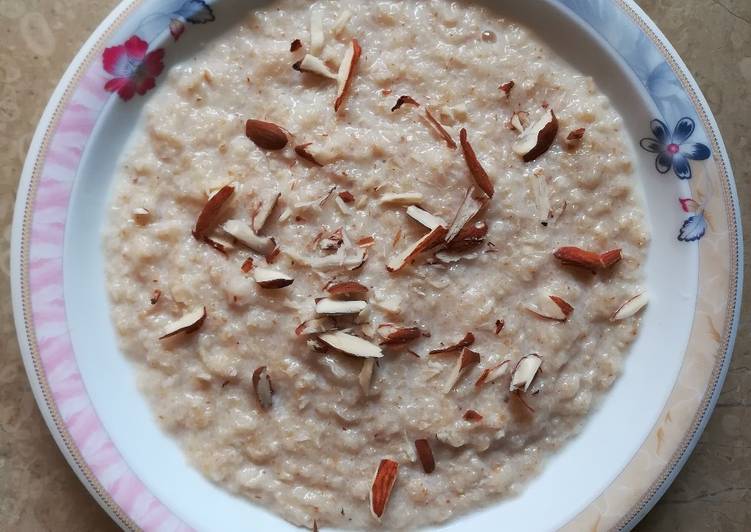
- Add it to soups and stews.
- Mix barley flour with wheat flour in baked goods.
- Make a grain salad with cooked barley, vegetables and dressing.
- Eat it as a side dish instead of rice or quinoa.
- Try drinking barley water.
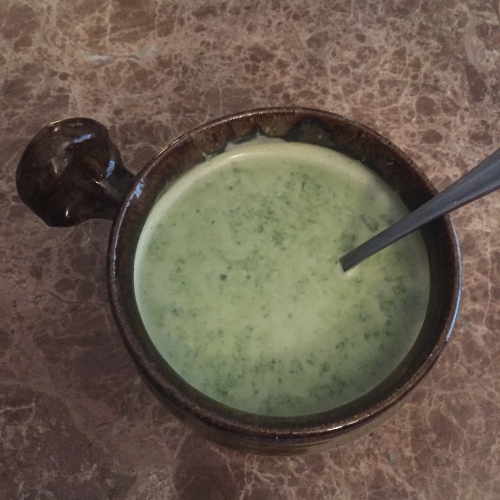
You can use hulled barley as a substitute for other whole grains, such as rice, quinoa, oats or buckwheat.
Hulled barley undergoes minimal processing to remove only the inedible outer shell, leaving the bran and germ intact.
Pearled barley has neither the hull nor the bran.
Barley is a versatile grain that can be substituted for any other whole grain in salads, side dishes, soups and stews.
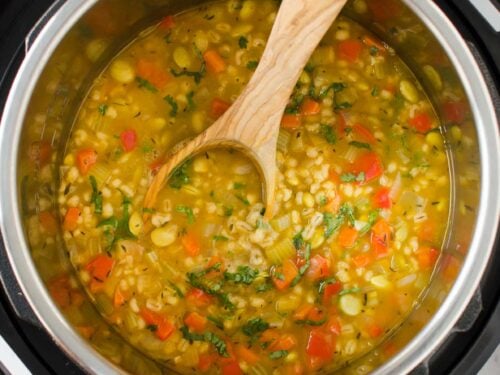
Barley supports your immunity.
The antioxidants in barley help make you look younger. Barley helps to eliminate toxins from the body, giving you the appearance of younger and healthier skin.

Nutritional deficiencies are often reflected in your hair. Barley contains vital minerals, vitamins, and antioxidants needed for the production of healthy hair. These promote and stimulate hair growth. It contains iron and copper. It enhances production of red blood cells, and reduces hair loss. The Copper in barley helps create pigment for hair color.

Source:-
Comment
© 2025 Created by Driving Dreams International.
Powered by
![]()
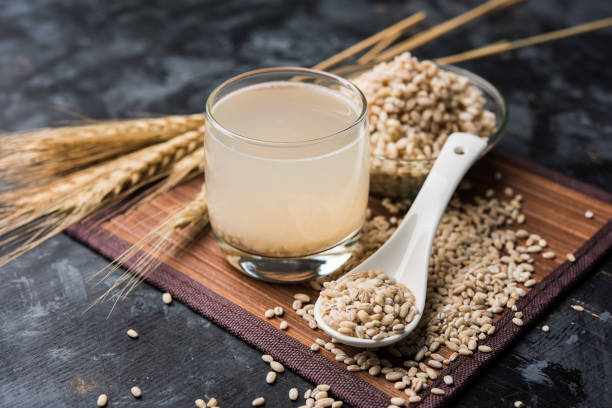
You need to be a member of Drivingdreams.In to add comments!
Join Drivingdreams.In